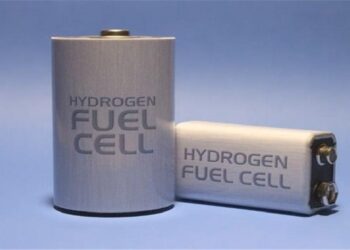Though electric aircraft technology continues to improve, an engineer at Pratt & Whitney says the technology must make revolutionary leaps before being applicable to commercial or military aircraft.
P&W has looked into electric aircraft and determined that three technological “miracles” must occur before electric flight goes mainstream, Alan Epstein, P&W’s vice president of technology and environment, tells reporters.
First, battery technology must improve by 50 to 100 times, says Epstein, noting that a commercial aircraft like a Boeing 737 require about 10MW of energy during cruise.
Battery-powered aircraft could be viable with current technology only “If you want to fly one-hundredth of the distance in the same size airplane,” says Epstein, who made his comments during a question and answer session at the company’s Connecticut headquarters earlier this week.
P&W has also spoken with engineers at the Massachusetts Institute of Technology about developing an electric engine capable of powering large aircraft.
Such powerplants could be built, they determined, but would require new, complex superconductivity technology. Also, engineers would need to remove the engine’s magnetic shielding to reduce its weight.
That is a problem, Epstein says, because without magnetic shielding the engine would “kill the people sitting next to the motors.”
“Three miracles are about two-and-a-half too [many] for an industrial organisation and one-and-a-half [too many] for most companies,” Epstein says. “I don’t see major commercial [electric aircraft without innovations] that have yet to be invented.”
Still, P&W’s parent company United Technologies will be at the forefront of electric-aircraft design when, and if, the technology becomes viable, Epstein predicts.
He notes that United Technologies’ Aerospace Systems division makes the electrical equipment in Boeing’s 787 Dreamliner.






































